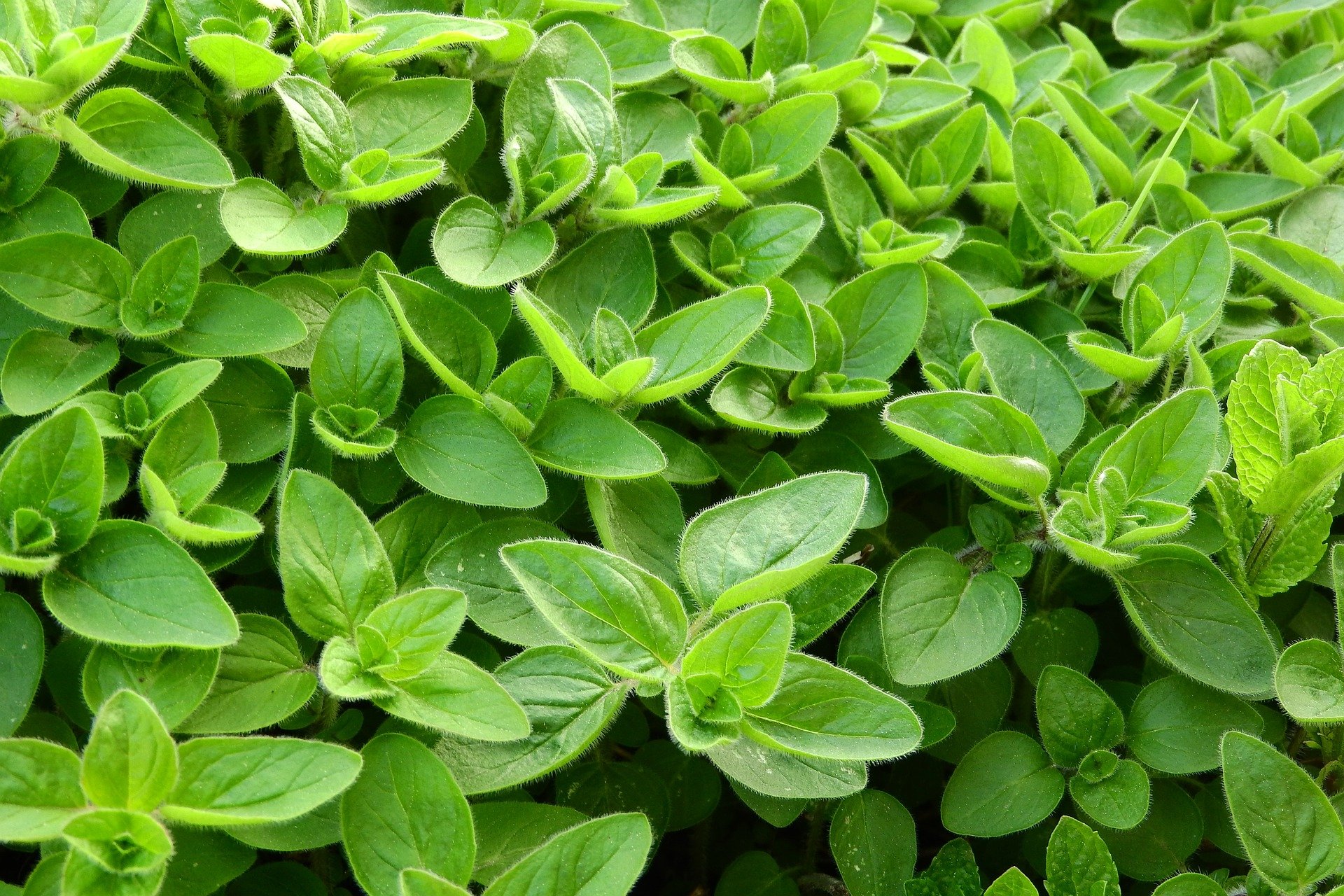
Marjoram
Marjoram is a perennial herb that is related to oregano, and it has been used for centuries in cooking and traditional medicine. The history of marjoram can be traced back to ancient Greece and Rome, where it was highly valued for its culinary and medicinal properties.
In ancient Greece, marjoram was considered a symbol of happiness and was often used in wedding ceremonies and funerals. It was also used as a medicinal herb to treat a variety of ailments such as respiratory problems and digestive issues. In ancient Rome, marjoram was used in cooking, particularly in meat dishes, and was also believed to have aphrodisiac properties.
Marjoram was introduced to Europe during the Middle Ages and quickly became a popular herb in medieval cuisine. It was used to flavor meats, soups, and stews, and was also believed to have medicinal properties such as reducing fever and soothing upset stomachs.
Today, marjoram is widely used in a variety of cuisines around the world, particularly in Mediterranean and European cooking. It is a common ingredient in spice blends such as herbes de Provence and bouquet garni, and is also used to flavor meats, soups, and stews.
In Mediterranean cuisine, marjoram is often used fresh, to add a unique flavor to dishes such as fish, poultry, and vegetables. It's also often used dried, to add a unique flavor to dishes such as tomato sauce, sausage, and meatloaf.
In addition to its use in cooking, marjoram is also valued for its medicinal properties. It is believed to have anti-inflammatory and antioxidant properties and is also used to treat a variety of conditions such as headaches, insomnia, and menstrual cramps. It's also used as a natural remedy for digestive issues and respiratory problems.
Here are some common dishes that go well with marjoram:
Meat dishes: Marjoram is often used to flavor meats such as pork, chicken, and lamb. It is particularly well-suited for dishes that are slow-cooked, such as stews, roasts and braised meats, as it has a strong aroma that infuses the meat with its unique flavor
Vegetable dishes: Marjoram is a great herb to add to vegetable dishes, it can be used fresh or dried to add a unique flavor to dishes such as roasted vegetables, zucchini, eggplant and tomatoes
Soups and stews: Marjoram is a common ingredient in soups and stews, adding a unique and delicate flavor to dishes such as minestrone, lentil soup, and beef stew.
Fish and seafood dishes: Marjoram pairs well with fish and seafood dishes, adding a unique and delicate flavor to dishes such as grilled fish, seared scallops, and shrimp scampi.
Mediterranean dishes: Marjoram is a staple herb in Mediterranean cuisine, it is a common ingredient in dishes such as ratatouille, Greek moussaka, and Italian lasagna.
Salad dressings and marinades: Marjoram can be used to make flavorful salad dressings, marinades and vinaigrettes.
Pizza and pasta: Marjoram is a common ingredient in pizza and pasta dishes, adding a unique and delicate flavor to dishes such as Margherita pizza, spaghetti with marinara sauce, and fettuccine alfredo.
Cheese and egg dishes: Marjoram is a great herb to add to cheese and egg dishes, such as quiches, frittatas, and omelets.
Overall, marjoram's delicate and unique flavor makes it a perfect match for a wide range of dishes, adding depth and complexity to savory dishes, both meat and vegetarian. Its flavor is similar to oregano but more delicate and sweet, it's a versatile herb that can be used in a variety of ways in the kitchen, fresh, dried, and as an essential oil.
